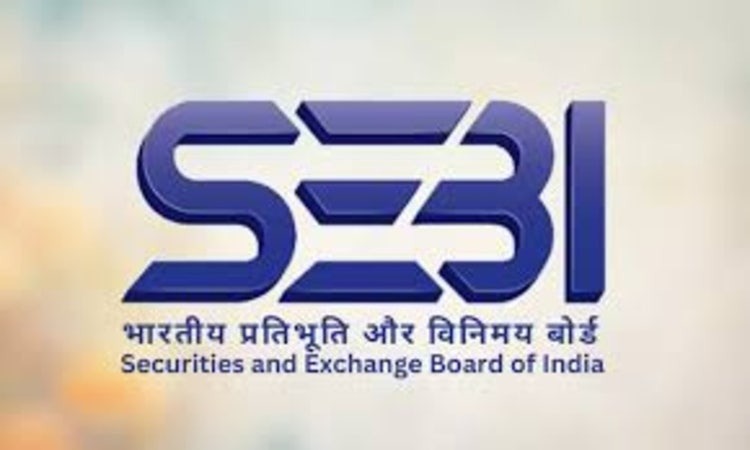India's market regulator SEBI has put in place a revamp of its capacity planning process for Market Infrastructure Institutions (MIIs), extending to commodity derivatives segment under the same stringent norms that were earlier adopted for equity exchanges. The move is aimed to improve the scalability and stability of core IT systems in light of rising transaction volumes and digital complexity.
The new rules mandate that commodity stock exchanges ensure that their core IT systems have an installed capacity of at least double the estimated peak load. It is a big jump from the erstwhile 1.5x level and reflects SEBI's desire to future-proof market infrastructure against increased trading volumes, cyber attacks, and systemic risk.
The framework requires:
Real-time monitoring of the performance of all IT constituents, including third-party systems
Regular stress testing to simulate heavy-load conditions
Automated alerting features to enable early identification of performance bottlenecks
Complete asset registers and usage levels for proactive scaling
Initially to be implemented in commodity exchanges, SEBI has suggested the phased roll-out to all MIIs. Exchanges need to provide the updated capacity plans within three months from the approval by their Standing Committee on Technology and the Governing Board.
This regulatory tightening comes after India's commodity markets have witnessed increased participation and algo-trading. By making technology standards common across asset classes, SEBI aims to enable easy, secure, and scalable market operations.
Sources: SEBI Circular (Dec 2024), TaxGuru, Legality Simplifie








